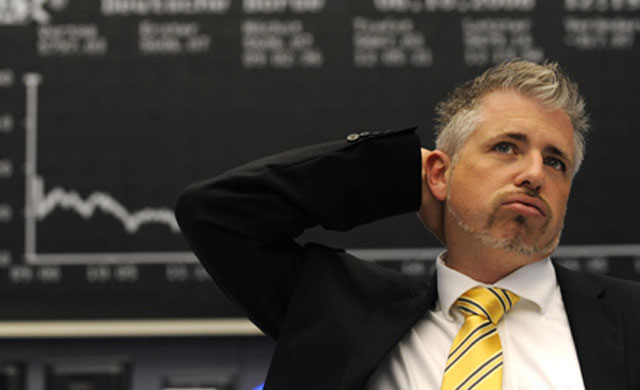Regular readers will recall this article I posted in June http://uk.advfn.com/newspaper/thierry-laduguie/41281/the-big-short

The target remains the same but the timing of the decline has been delayed. The wave principle is a powerful tool to forecast the stock market, I have no doubt this long term decline will materialise once the positive mood dissipates. Sometimes major events like Brexit, the falling pound and Trump winning the US presidential election will have an adverse effect on the forecast, in this instance these events have boosted investors mood. This is precisely why the FTSE 100 has yet to enter this bear phase. The bottom line is that people have still not learned from the last financial crisis in 2008. According to a report from McKinsey Global Institute “global debt has grown by $57 trillion and no major economy has decreased its debt-to-GDP ratio since 2007”. There is a high probability a major event like a second “credit crunch” will happen.
At the moment the UK economy is in a win-win situation because the pound has collapsed which is good news for UK exporters. At the same time the UK has not yet left the EU. This will change next year when the UK formally leaves the EU. Judging by the comments from EU officials, it’s going to be a hard Brexit with severe consequences for the UK economy. Many companies that are trading with Europe will either leave the UK to relocate to the EU or they will demand some kind of subsidies from the government to remain in the UK. The fear is that the government will end up spending billions of pound to retain these companies. The alternative would be a loss of corporation tax revenues. Today the Financial Time reported that the UK faces a £100bn hole in the budget.
In the US, President elect Trump said he will revive growth with huge spending on infrastructure projects as well as building a wall between Mexico and the US. The truth is, he will probably have to open the door to Mexican workers to help rebuild the United States. It is expected that Trump’s spending spree will push inflation up and this will prompt the Federal Reserve to raise interest rates next year, which is negative for the stock market. A hike in interest rates at a time when the economy is still struggling to recover from the last crisis is not welcome.

Meanwhile stock markets are anticipating a change of mood. The S&P 500 index is tracing out the final subdivisions of the advance, one more push higher is required before the advance is complete. The FTSE 100 peaked at 7129.8 on 11th October, it’s not clear if the UK index will exceed that level as it is currently underperforming the S&P 500. I have always said the FTSE 100 is the leading index, it shows the way and the way is down. This bearish divergence between the two indexes tends to occur at critical turning points. We can expect the S&P 5oo to complete its rally near 2230 and turn down to catch up with the FTSE 100. Next, we should witness a relentless decline both in the FTSE 100 and the S&P 500 over the next three to seven years. The push above the previous peak in the S&P 500 (achieved in May 2015) will coincide with the end of an Elliott wave of primary degree. The five-wave sequence from the last financial crisis to today is labelled [(1),(2),(3),(4),(5)] on the monthly chart, this move is wave 5 (circle) of a larger five-wave advance and it has been in progress for 7 years and 8 months.
Bull markets end in five waves and the correction that follows is proportionate to the previous advance in time and magnitude. I know the advance is ending because we have the same five-wave pattern at different degree of trend. The current rally is wave 5 inside wave (5). If you check a daily chart you will see that wave (5) is in five waves starting in February this year. The next degree of trend is wave 5 (circle) and this wave is also in five waves [(1),(2),(3),(4),(5)] starting in 2009. This means we are near an important top that will not be revisited for many years. Based on the time it has taken to complete wave 5 (circle), (since the Great Depression in the 1930’s), and considering that declines unfold more rapidly than rallies, the next correction is huge and it could last many years. A fair target is the bottom of the previous fourth wave [wave 4 (circle)] which is a common retracement level following the completion of a five-wave advance. This level is 700 in the S&P 500. This target should be reached between 2020 and 2024, probably during Trump’s term in office. Elliott wave analysis tells us that Trump is unlikely to make America great again.
Thierry Laduguie is Trading Strategist at www.e-yield.com


 Hot Features
Hot Features













